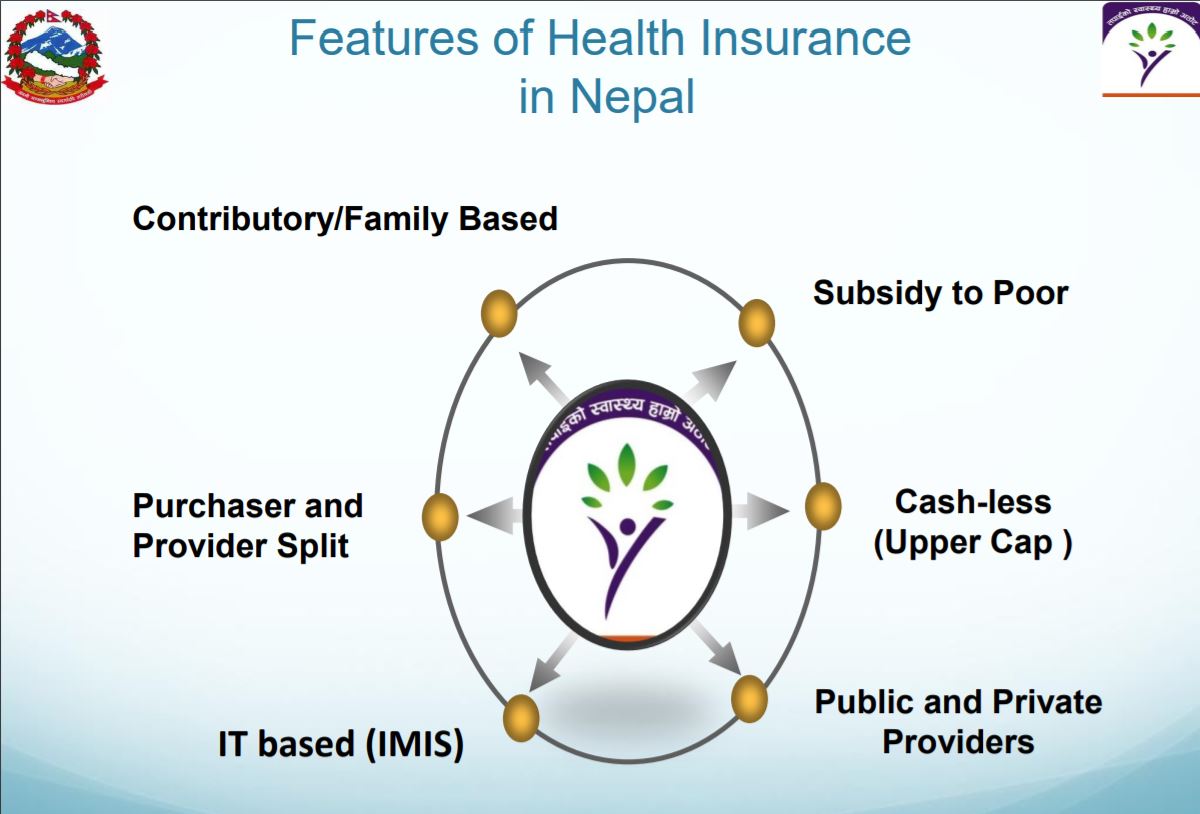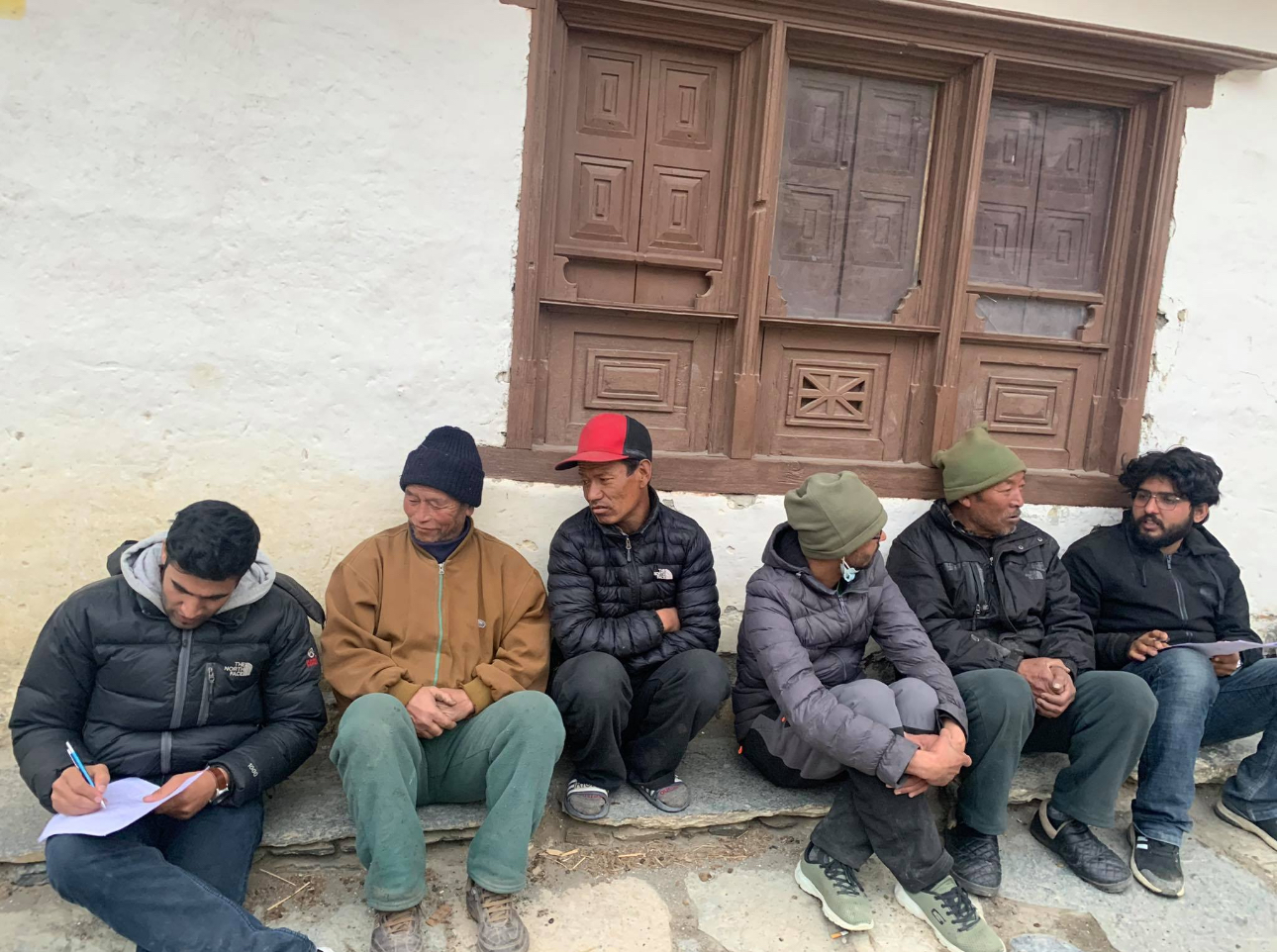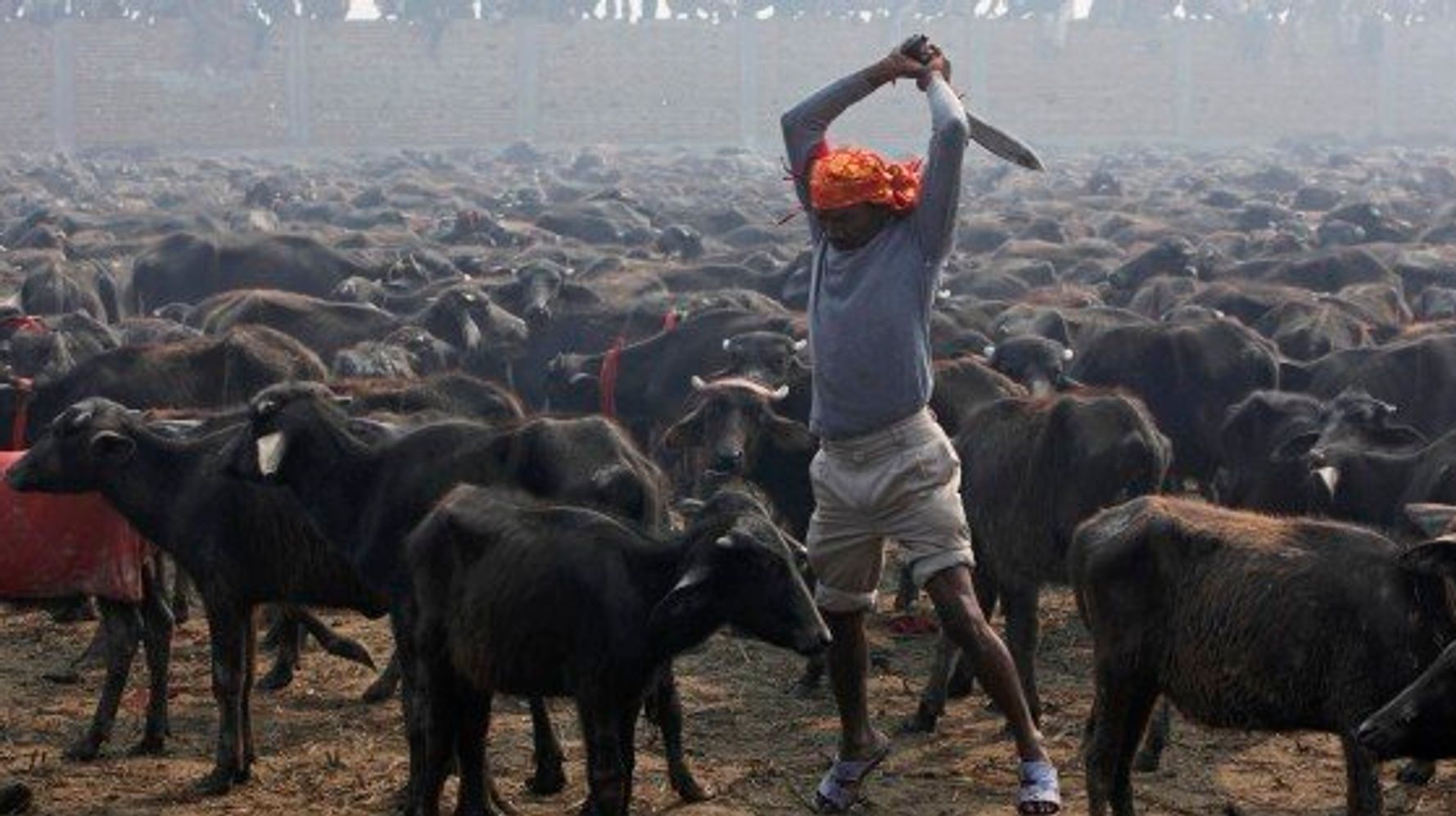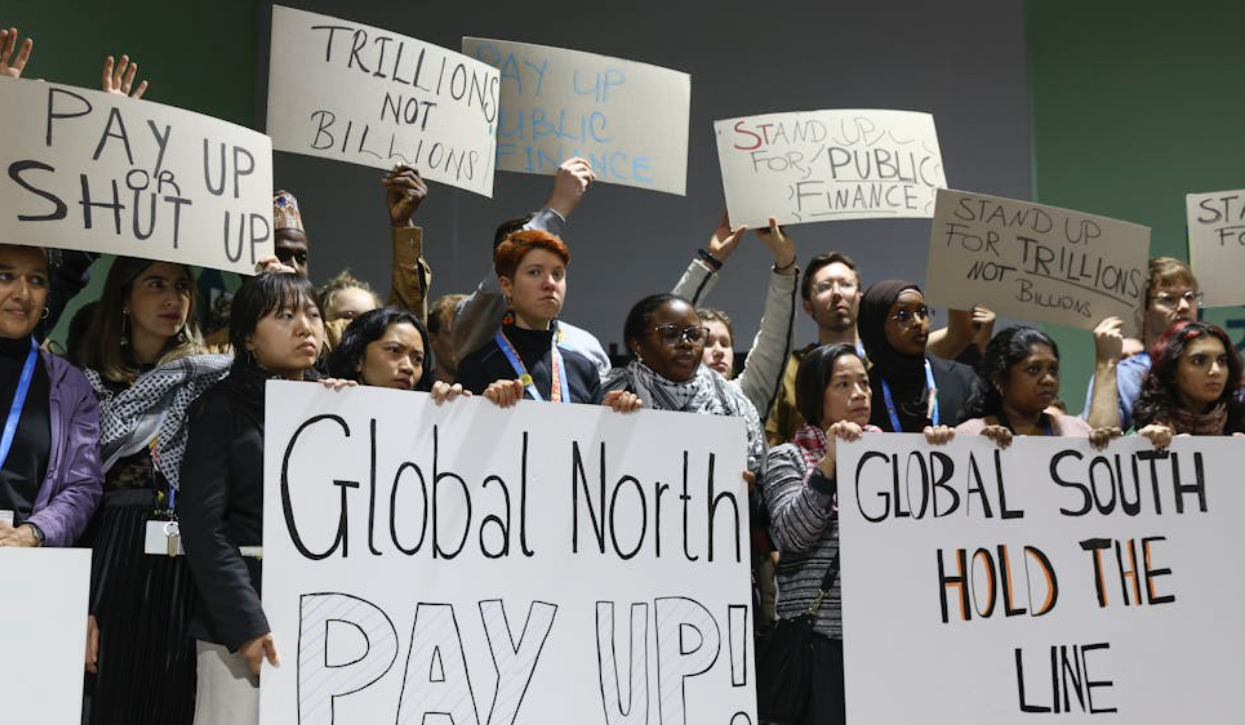Health insurance policy for poor is not possible in Nepal with current government spending

Amrit Banstola, Puspa Raj Pant, Santosh Bhatta & Shiva Raj Adhikari
TheBMJ : The prioritization of universal health coverage (UHC) is one of the remarkable outcomes of the 2018/19 health budget of Nepal. The budget increased healthcare expenditure by NPR 24·64 billion (US$ 228 million). The Government of Nepal plans to work towards achieving UHC by making healthcare services affordable, reliable, and of a higher standard. The government plans to scale-up the government health insurance programme nationally and establish at least one healthcare facility in each ward. It hopes to implement the free availability of essential medicines in all health facilities; local production of essential medicines; and a tobacco levy (25 paisa per stick) on tobacco manufacturers and importers. However, the implementation is questionable with the budget that has been allocated. The proportion of current health funding is significantly lower than the government’s own target to attain 8% of the national budget for health expenditure, and the World Health Organization’s (WHO) recommendation of general government health expenditure of at least 5% of gross domestic product (GDP).
This comparatively low level of government health expenditure means that proposed investments in providing UHC will be hindered and progress in achieving the sustainable development goal (SDG) target 3·8 will be in jeopardy. In addition, maintaining the progress made so far in major health conditions that were largely possible due to greater health spending in those areas will be challenging. Public health programmes such as free essential drugs, the Aama programme (a national programme that provides free deliveries for women at public healthcare facilities, cash to women as a transport incentive for delivering at the healthcare facilities and for completing four antenatal care visits, incentives for healthcare providers attending deliveries and incentives to healthcare facilities), subsidies for the treatment of cancers, heart disease, kidney disease, and spinal injury will be hardest hit. The other likely consequences will be increased dependency on development assistance for health and out-of-pocket payments (OOPs) which are already 8% and 60% of total health expenditure respectively. Poverty and inequity in accessing health facilities will continue to increase, which is at odds with the pursuit of UHC and weakens the Nepalese Government’s vision of a ‘Prosperous Nepal, Happy Nepalis’.
Sustainable pooled financial resources for health (a combination of government health spending, social and private health insurance and development assistance for health) are essential to achieve UHC in Nepal, because this can protect people against financial risks and increase access to a healthcare facilities. A recent study conducted by Global Burden of Disease (GBD) Health Financing Collaborator Network linked increased pooled financial resources with progress towards UHC. According to the study, increasing pooled financial resources for health per capita by 10% increased the UHC index value (i.e., a measure of a country’s UHC service coverage) by 1·4%.
We are not arguing that only increased investment leads to better health and UHC. UHC is a broad concept and can be achieved in various forms for example, through strong political commitment, benchmarking attainment of UHC, learning from the best practices of other countries with similar political or economic contexts, and innovation, as mentioned by Director-General of the World Health Organization. Studies have also shown that greater spending does not always lead to better health outcomes. Japan’s universal health coverage is a good example to those aspiring to achieve UHC at a relatively low cost. The 2016 GBD study showed that even greater resources are available for the health sector. Nepal’s UHC index value will be 63·5 by 2030 which was 51·2 in 2015 (on a scale of 0 to 100, with 0 being the worst and 100 being the best).
Nepal can achieve progress in attaining UHC if the Government of Nepal considers health expenditure in a spirit of UHC that supports SDGs. In addition to wise health spending, the Government of Nepal needs to strengthen its monitoring system to ensure the financial resources spent on health are used efficiently. Finally, the Government of Nepal needs to continue pooling financial resources for health that can spread financial risks across a population.
This article was originally published in BMJ journal.
Amrit Banstola is a research associate based in Centre for Academic Child Health at the University of the West of England. @amrit_banstola
Puspa Raj Pant is a research fellow based in Centre for Academic Child Health at the University of the West of England.
Santosh Bhatta is a research associate based in Centre for Academic Child Health at the University of the West of England.
Shiva Raj Adhikari is a president of Nepal Health Economics Association, Kathmandu, Nepal.


















Facebook Comments